Chengde
Chengde Overview
-
The Imperial Summer Mountain Resort (Bishushanzhuang) and its Outlying Temples is over 4 hours' drive from Beijing. The size of Chengde Summer resort is as big as the Forbidden City and the Summer Palace combined. It is surrounded by a 10 kilometres long wall and covers 590 hectares. It also absorbs the style, arts and culture of many other cultural groups, especially the Tibetans. "Mountain Resort and its Outlying Temples, Chengde" was added to Unesco's World Heritage List in 1994.
What to see
-
Summer Mountain Resort
The Mountain Resort (the Qing dynasty's summer palace) was built between 1703 and 1792. It is a vast complex of palaces and administrative and ceremonial buildings. Temples of various architectural styles and imperial gardens blend harmoniously into a landscape of lakes, pastureland and forests. In addition to its aesthetic interest, the Mountain Resort is a rare historic vestige of the final development of feudal society in China.
Outlying Temples (Eight Outer Temples)
Putuozongcheng (Potala) Palace, modelled after Lhasa's Potala Palace, is the largest and the most impressive of the Chengde palaces and was built in 1790 by Qianlong for his 60th birthday. The Potala Temple, its tapering windows and slab-sided walls obviously influenced by Tibet, is in no way "a copy of the Potala Temple in Lhasa". Many windows are blind, and several outbuildings are solid, just intended to add to the massy splendor of the whole.
Xumifushou Miao (Temple of Happiness and Longevity at Mount Sumeru)
Partly inspired by Tashilhunpo in Tibet, this temple was constructed to make the Panchen Lama, number two in the Tibetan religious hierarchy, feel at home during a visit in 1780.Pule Si (Temple of Universal Joy)
Tibetan advisors were employed in the design of this temple, built to receive annual tributary visits from defeated Mongol tribes. But the most striking element is the copy at the rear of the circular Hall of Prayer for Good Harvests from the Temple of Heaven. Shady benches around the quiet courtyards make perfect picnic stops.Puning Si (Temple of Universal Peace)
The main Hall of Mahayana is impressive -- story upon story of red walls and yellow roofs, topped with a gold knob surrounded by four mini-pagoda-like points. More impressive still is its contents, a giant copper-colored wooden Guanyin figure more than 22m (73 ft.) high, the largest of its kind in the world. It's possible to climb three levels of interior galleries to look the figure in the eye, as she sits in dusty gloom
-
 Expert-guided Daytrip to the Eastern Qing Tombs in Hebei
Expert-guided Daytrip to the Eastern Qing Tombs in Hebei
-
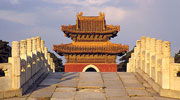 Expert-guide Daytrip: The Western Qing Tombs
Expert-guide Daytrip: The Western Qing Tombs
-
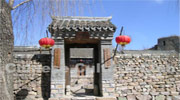 Overnight Stay in prestine courtyard within Qingshanguan Great Wall Fort
Overnight Stay in prestine courtyard within Qingshanguan Great Wall Fort
-
 Day-trip: Vineyard & Wine-tasting in Huailai
Day-trip: Vineyard & Wine-tasting in Huailai
-
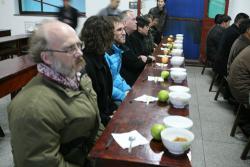 Experience Ancient Village & Monk's Life in Bailin Monastery
Experience Ancient Village & Monk's Life in Bailin Monastery
-
 Ancient Zhengding Town & Yujia Stone Village
Ancient Zhengding Town & Yujia Stone Village
-
 Chengde Imperial Mountain Resort
Chengde Imperial Mountain Resort
-
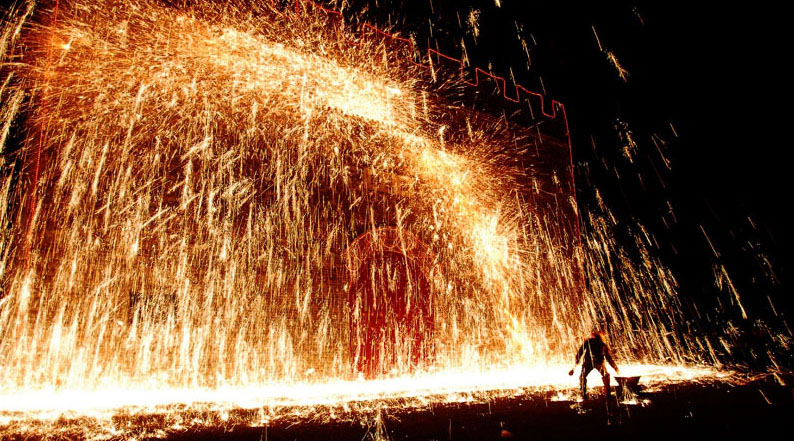 Joining Yu County's Lantern Festival - Molten Iron Fireworks
Joining Yu County's Lantern Festival - Molten Iron Fireworks
-
 Daytrip: Baoding's War Tunnels, Herbal Market & Tombs
Daytrip: Baoding's War Tunnels, Herbal Market & Tombs
-
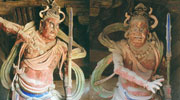 Dule Temple and Mount.Pan Shan of Tianjin
Dule Temple and Mount.Pan Shan of Tianjin






